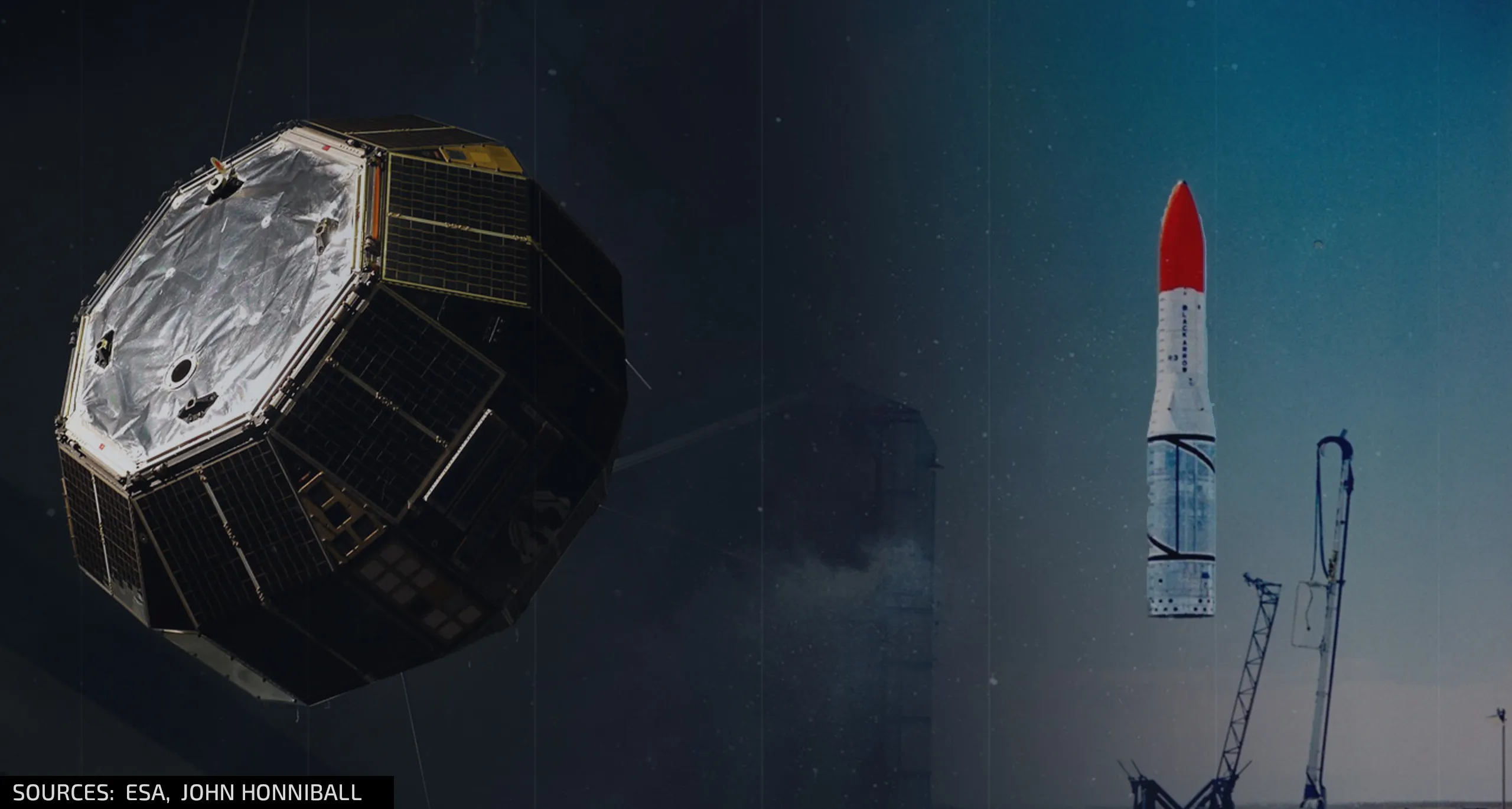COP26 – A SPACE WITH NO BORDERS

COP26 in the UK
COP26, or the 26th Conference of the Parties, is the setting on which most global leaders choose to make meaningful promises on climate action. The 26th UN climate change conference this year will be hosted in the UK from 31 October to 12 November after being postponed for a year due to the coronavirus pandemic. Approximately 30,000 delegates and 200 world leaders will attend the summit at Glasgow’s Scottish Events Campus (SEC).
Alok Sharma was appointed full-time President for COP 26 in January. Previously Secretary of State for Business, Energy and Industrial Strategy, Alok has promised to focus on driving forward coordinated global action to tackle climate change. On appointment of his presidency, Alok said “the biggest challenge of our time is climate change and we need to work together to deliver a cleaner, greener world and build back better for present and future generations.”
It is estimated that recent action has reduced warming at the end of century by 0.2C. The forecast now stands at 2.4C, still markedly higher than the 1.5C threshold agreed as part of the 2015 Paris climate agreement. COP26 will be the first climate meeting where nations set more ambitious goals to build on the Paris Agreement, which was written with a five-year aim and action cycle.

COP26 AND SPACE
Scientific research and meaningful data will be crucial in encouraging delegates and world leaders to take meaningful steps in tackling climate change and protecting the planet. A large proportion of this climate data is collected from space, aboard Earth observation satellites who benefit from a unique vantage point. Satellites are used to detect the smallest changes in key metrics – atmospheric concentration, sea temperature, sea level height, ocean currents, ocean winds, forestry. These are used to improve scientific models which form the basis for real action.
Data from satellites reap the benefit of uniformity across borders, overstepping sluggish international bureaucracy and interdenominational lethargy. Satellite data also benefits from continuity across decades, providing a real-time snapshot of change. Satellites also allow for rapid data collection. Imaging of remote and inhospitable parts of the world can be retrieved within a few hours of first identifying their need. Besides predicting change and driving international action, satellites can be used for early warning systems and weather forecasting.
Space4Climate is a public-private-academic partnership that’s co-funded and chaired by the UK Space Agency. The group will represent and coordinate participation from the UK space industry at COP26. Speaking about the conference, the group has said “The UK Space4Climate members have strong and inspiring stories to tell about how space-enabled technology from new and novel instruments through to digital infrastructure, data analytics and quality assurance, is enabling others
outside the space community to use the information for climate-related decision making in both commercial and non-commercial environments across the globe.”

COP26 SPACE REPORT FROM UNIVERSITY OF GLASGOW
Co-authored by a University of Glasgow professor, a paper published in the COP26 Universities Network has said that the UK must maximise the potential of satellite data to help the world meet climate change goals. Professor Marian Scott from the University of Glasgow’s School of Mathematics and Statistics drew on her experience studying global water quality through Earth observation. The publication set out the opportunities and weaknesses associated with Earth observation ahead of COP26.
Professor Marian Scott said “Earth observation, when combined with in-situ and sensor data, is extremely powerful, allowing us observe environmental changes over space and time in unprecedented detail even in remote parts of the globe. Archives of historical satellite data are powerful resources when combined with advanced analytics to help us understand what is changing in our natural environment, and how quickly.”
The paper also details opportunities to harness satellite data to improve climate security and achieve the United Nations (UN) Sustainability Development Goals. The COP26 Universities Network is a group of over 55 UK universities working together to ‘raise ambition for tangible outcomes’ from the UN climate change conference.

THE UNKNOWN
The environmental damage associated with launching satellites into orbit is mostly unknown. Skyrora and others in industry call for an environmental impact assessment of launch to allow for informed open debate. The risk to the environment isn’t necessarily concerned with the direct emission of greenhouse gases (given the comparatively infrequency of launches), but with ozone depletion and the effects in our upper atmosphere.
Skyrora’s propellant combination of HTP and Jet-A1 equivalent result in a 45% reduction in overall CO2 emission when compared to the industry standard LOX/RP-1 combination. This also eliminates the need for cryogenic resources, further reducing environmental footprint. Skyrora has developed an eco-aviation fuel named Ecosene to minimise the environmental impact of rocket launches. Ecosene is the solution to a greener and more responsible energy source as it utilises waste plastics to manufacture high grade fuel.
Ecosene was test fired in the LEO rocket engine with great success in early 2020 where it was described as the “solution to a greener and more socially responsible energy source”. Qualifying as flight-ready, the fuel was subsequently used in the static test fire. Ecosene does not concern Earth’s precious fossil fuels and non-renewables as the manufacturing process reuses waste plastics which would have otherwise been disposed of in landfill or in the oceans. Ecosene prevents the use of a limited natural resource and offers an alternative, greener use for waste plastic.
REFERENCES:
1. UK Space Agency. (2021). The UK Space Agency and COP26 Available: https://www.gov.uk/guidance/the-uk-space-agency-and-cop26. Last accessed 1st July 2021.



